[caption id="attachment_1003726420" align="aligncenter" width="445"]
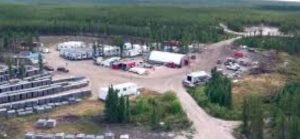 The camp at Denison’s flagship Wheeler River uranium project. (Image: Denison Mines)
The camp at Denison’s flagship Wheeler River uranium project. (Image: Denison Mines)[/caption]
SASKATCHEWAN –
Denison Mines Corp., headquartered in Toronto, has announced details of its $6-million exploration spending plans this year. Targets at Wheeler River, Waterbury Lake, and Hook-Carter properties – all in the Athabasca Basin – will be diamond drilled.
At Wheeler River the drill program includes about 13,500 metres in 23 holes. Targets at the sub-Athabasca unconformity will be tested for the presence of uranium deposits that are suitable for
in situ recovery methods. This is the method the company has chosen for the high grade Phoenix deposit at Wheeler River for which a pre-feasibility study has been done. Denison is the operator and has a 90% interest at Wheeler River.
JCU (Canada) Exploration holds the remaining 10%.
At Waterbury Lake, in which Denison holds a 25.17% interest, drilling is planned in 18 holes for 7,300 metres to test targets related to the Midwest structure, including the follow-up of basement hosted mineralization discovered last summer. The property hosts the J Zone and Huskie deposits and lies less than 20 km from the McClean Lake uranium mill, which is 22.5% owned by Denison. The maiden resource estimate released late last year put indicated resources in the J Zone deposit at 291,000 tonnes grading 2.00% uranium oxide and inferred resources in the Huskie deposit at 268,000 tonnes grading 0.96% uranium dioxide.
Denison has an option to earn an 80% interest in the Hook-Carter project from owner
ALX Uranium. The initial reconnaissance drill holes completed last year along the Patterson Lake Corridor encountered favourable lithologies, structures and hydrothermal alteration similar to
NexGen Energy’s Arrow deposit and
Fission Uranium’s Triple R deposit. This year’s drilling will be 3,900 metres in six holes to test targets on the east edge of the corridor.
Location maps for this year’s drill campaigns are available at
www.DenisonMines.com.
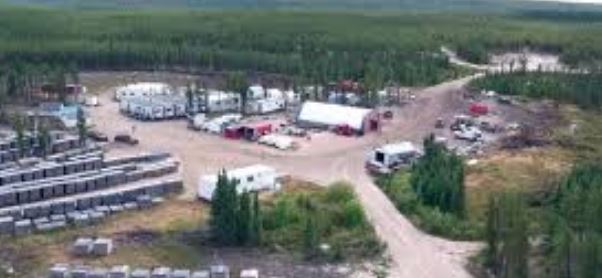
 The camp at Denison’s flagship Wheeler River uranium project. (Image: Denison Mines)[/caption]
SASKATCHEWAN – Denison Mines Corp., headquartered in Toronto, has announced details of its $6-million exploration spending plans this year. Targets at Wheeler River, Waterbury Lake, and Hook-Carter properties – all in the Athabasca Basin – will be diamond drilled.
At Wheeler River the drill program includes about 13,500 metres in 23 holes. Targets at the sub-Athabasca unconformity will be tested for the presence of uranium deposits that are suitable for in situ recovery methods. This is the method the company has chosen for the high grade Phoenix deposit at Wheeler River for which a pre-feasibility study has been done. Denison is the operator and has a 90% interest at Wheeler River. JCU (Canada) Exploration holds the remaining 10%.
At Waterbury Lake, in which Denison holds a 25.17% interest, drilling is planned in 18 holes for 7,300 metres to test targets related to the Midwest structure, including the follow-up of basement hosted mineralization discovered last summer. The property hosts the J Zone and Huskie deposits and lies less than 20 km from the McClean Lake uranium mill, which is 22.5% owned by Denison. The maiden resource estimate released late last year put indicated resources in the J Zone deposit at 291,000 tonnes grading 2.00% uranium oxide and inferred resources in the Huskie deposit at 268,000 tonnes grading 0.96% uranium dioxide.
Denison has an option to earn an 80% interest in the Hook-Carter project from owner ALX Uranium. The initial reconnaissance drill holes completed last year along the Patterson Lake Corridor encountered favourable lithologies, structures and hydrothermal alteration similar to NexGen Energy’s Arrow deposit and Fission Uranium’s Triple R deposit. This year’s drilling will be 3,900 metres in six holes to test targets on the east edge of the corridor.
Location maps for this year’s drill campaigns are available at
The camp at Denison’s flagship Wheeler River uranium project. (Image: Denison Mines)[/caption]
SASKATCHEWAN – Denison Mines Corp., headquartered in Toronto, has announced details of its $6-million exploration spending plans this year. Targets at Wheeler River, Waterbury Lake, and Hook-Carter properties – all in the Athabasca Basin – will be diamond drilled.
At Wheeler River the drill program includes about 13,500 metres in 23 holes. Targets at the sub-Athabasca unconformity will be tested for the presence of uranium deposits that are suitable for in situ recovery methods. This is the method the company has chosen for the high grade Phoenix deposit at Wheeler River for which a pre-feasibility study has been done. Denison is the operator and has a 90% interest at Wheeler River. JCU (Canada) Exploration holds the remaining 10%.
At Waterbury Lake, in which Denison holds a 25.17% interest, drilling is planned in 18 holes for 7,300 metres to test targets related to the Midwest structure, including the follow-up of basement hosted mineralization discovered last summer. The property hosts the J Zone and Huskie deposits and lies less than 20 km from the McClean Lake uranium mill, which is 22.5% owned by Denison. The maiden resource estimate released late last year put indicated resources in the J Zone deposit at 291,000 tonnes grading 2.00% uranium oxide and inferred resources in the Huskie deposit at 268,000 tonnes grading 0.96% uranium dioxide.
Denison has an option to earn an 80% interest in the Hook-Carter project from owner ALX Uranium. The initial reconnaissance drill holes completed last year along the Patterson Lake Corridor encountered favourable lithologies, structures and hydrothermal alteration similar to NexGen Energy’s Arrow deposit and Fission Uranium’s Triple R deposit. This year’s drilling will be 3,900 metres in six holes to test targets on the east edge of the corridor.
Location maps for this year’s drill campaigns are available at 
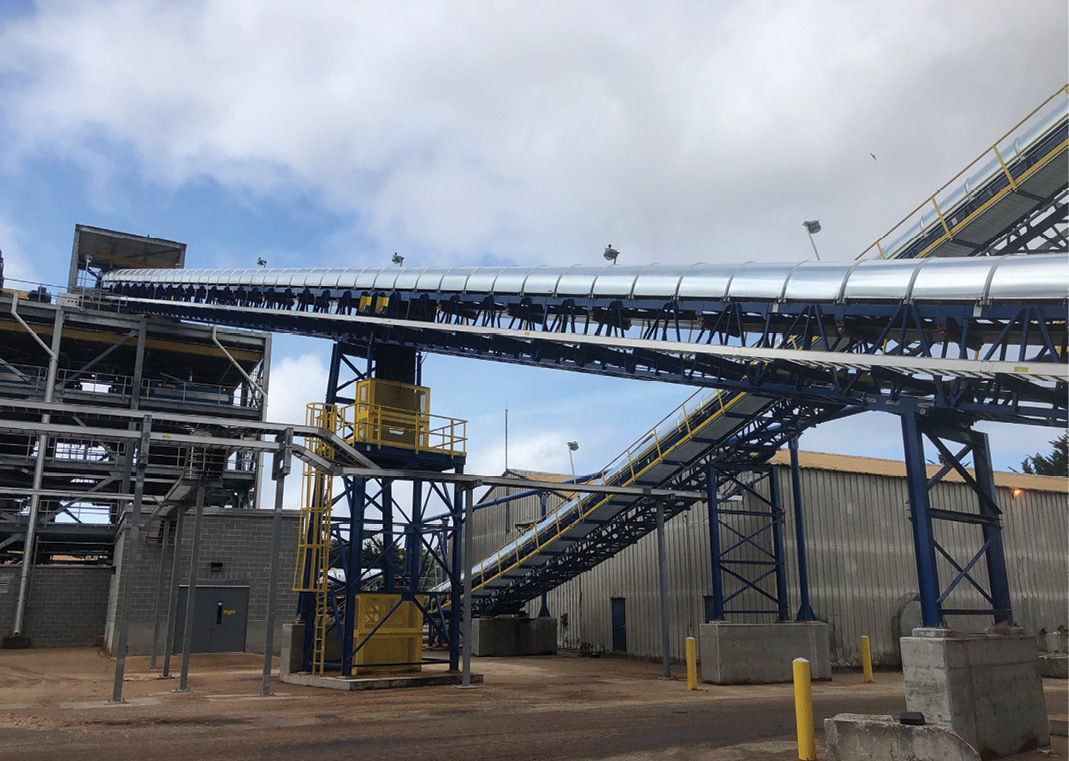
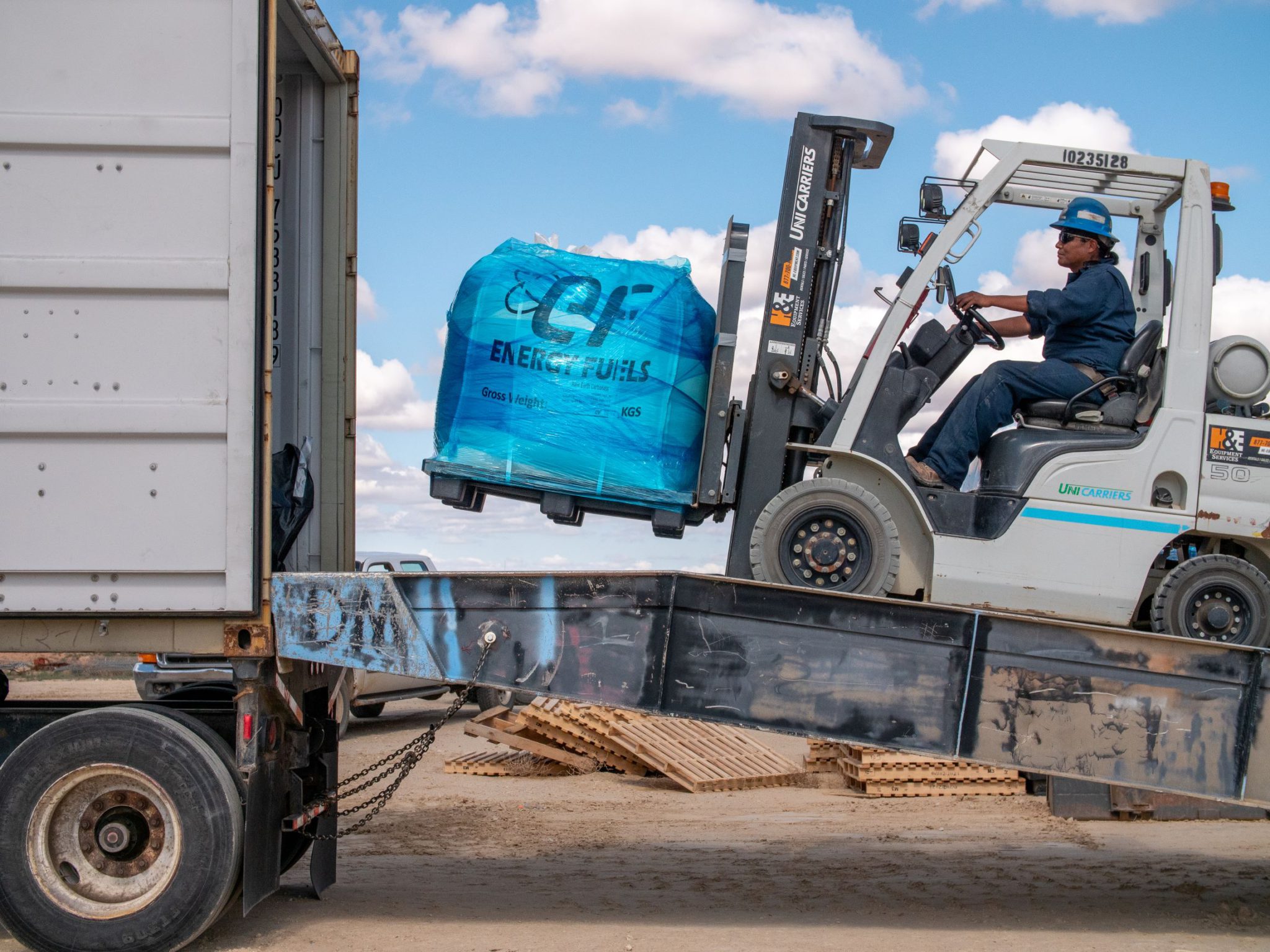
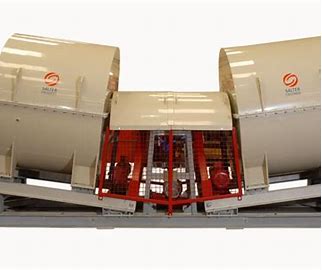
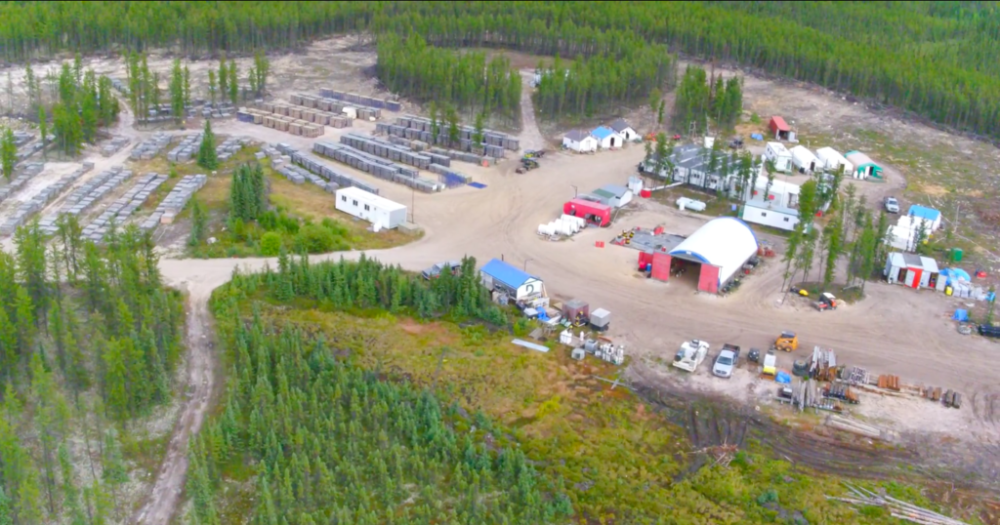
Comments